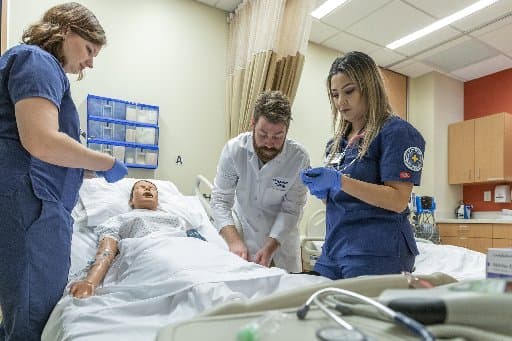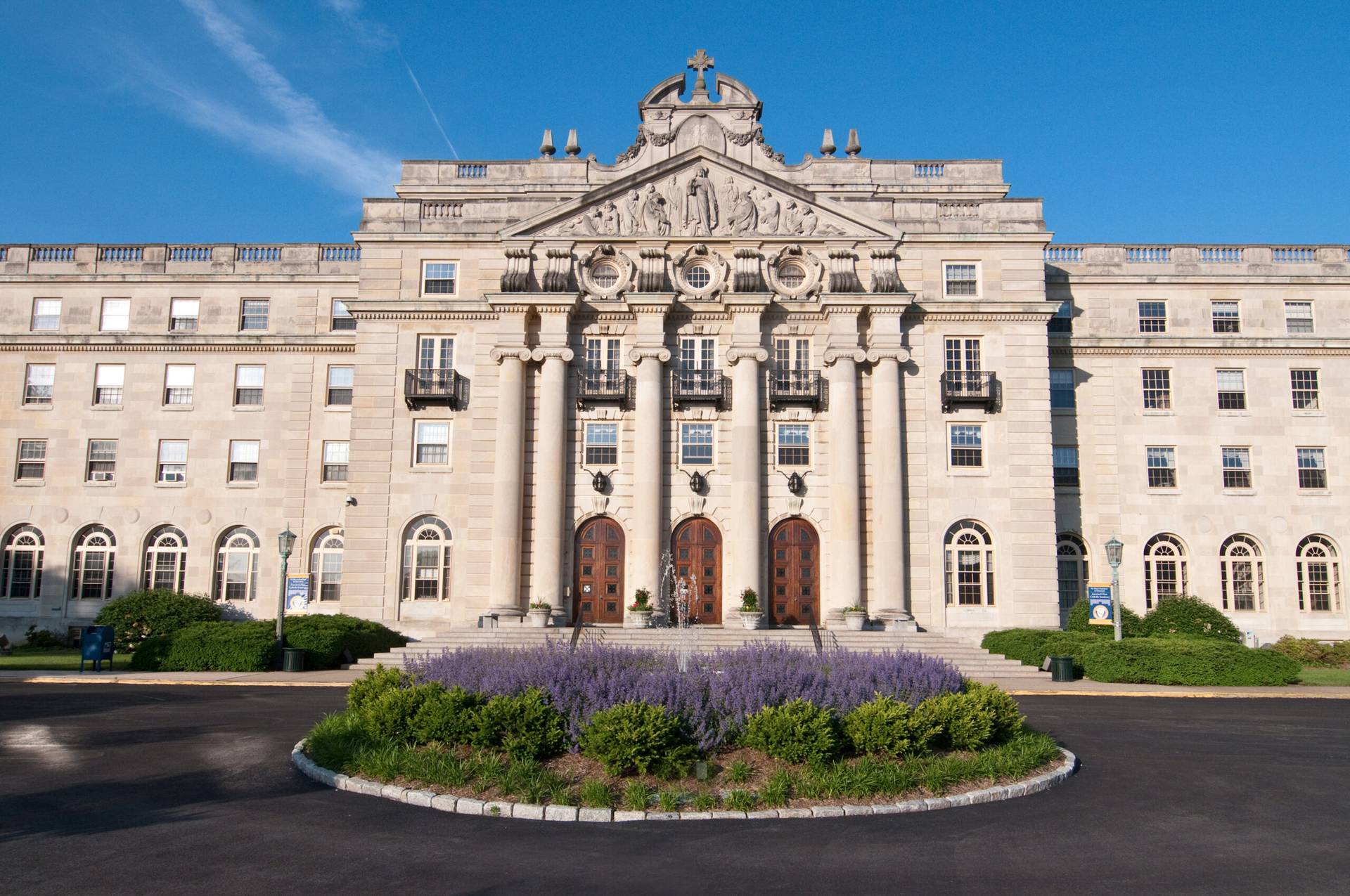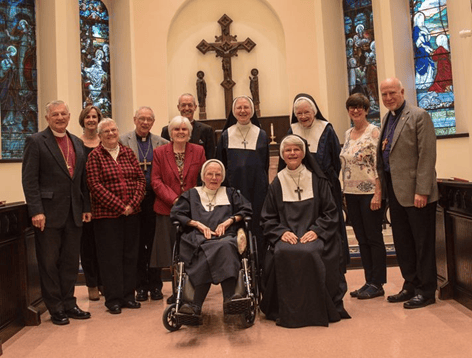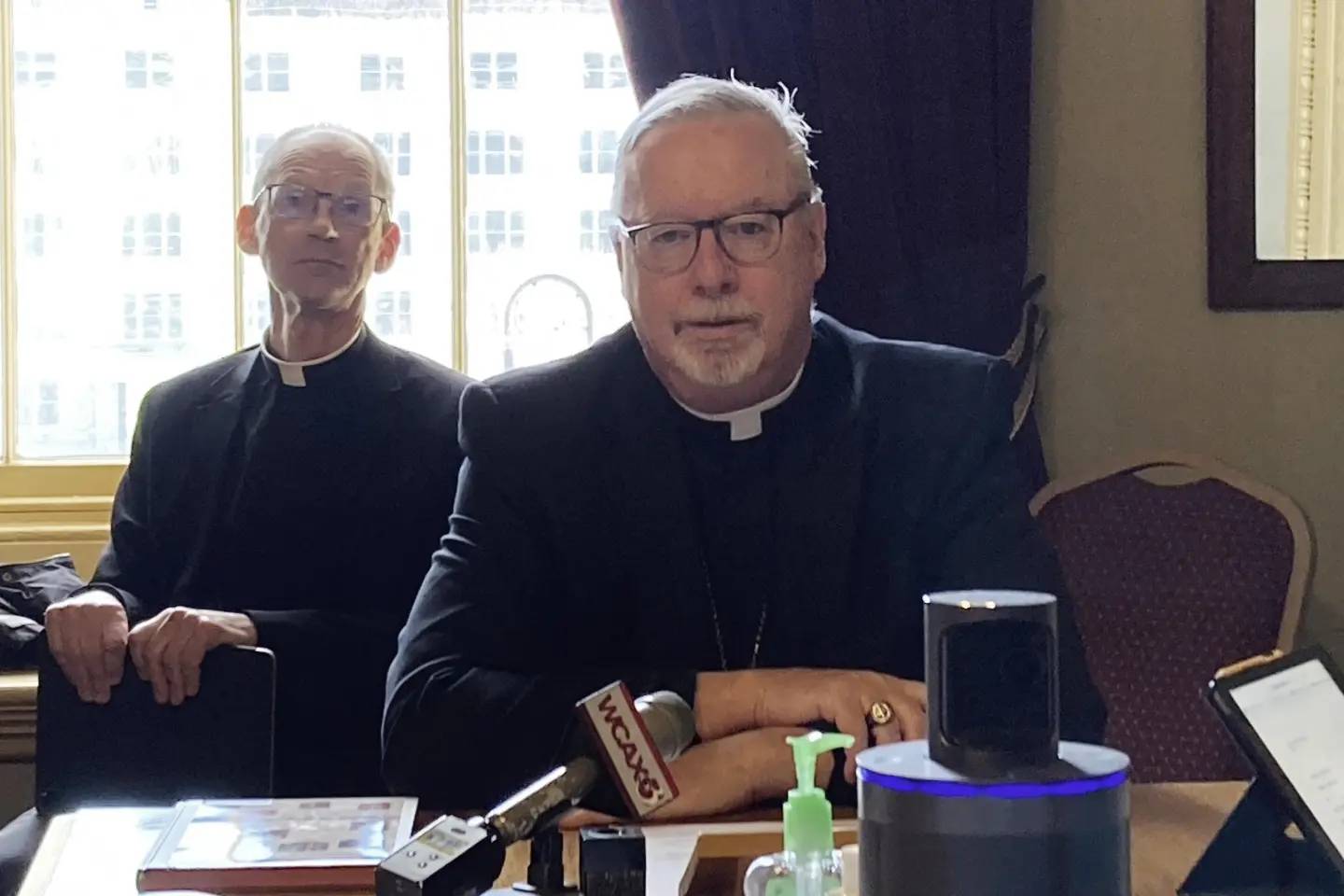NEW YORK – An association of more than 2,200 Catholic healthcare facilities is “deeply concerned” that controversial new nurse staffing standards for long-term care facilities – implemented this week by the Biden administration – will actually harm nursing facilities and the residents they serve.
On April 22, the Centers for Medicare & Medicaid Services announced a new final rule that requires all nursing homes that receive Medicare and Medicaid funding to meet a total nurse staffing standard of 3.48 hours per resident per day. That means that a facility with 100 residents would need at least two or three or three registered nurses and at least 10 or 11 nurse aides, as well as two additional nurse staff, according to a White House fact sheet.
The final rule is the first-ever minimum staffing rule at nursing homes.
Since the Biden Administration proposed the mandate in September it has received pushback from the nursing home industry, citing the staffing shortages they already faced. That was the reason for concern expressed by the Catholic Health Association after the final rule was announced, as well.
The association, which includes the more than 2,200 Catholic hospitals, nursing homes, long-term care facilities, and related organizations, said it agrees with the Biden administration that nurse staffing is essential for the well-being of nursing home residents, but said it is “deeply disappointed” in the mandate because “there are simply not enough qualified nurses to satisfy the standards.”
The association added that even if there were enough qualified nurses to satisfy the standards, “inadequate” Medicaid and Medicare reimbursement rates mean there are not the resources to pay them.
“We are deeply concerned that the new staffing mandate could actually harm residents and nursing facilities, which will have to leave beds empty or even close if there are not enough nurses to meet the mandate,” the association said in an April 23 statement. “Vulnerable standards will have even less access to the quality care they need.”
The new mandate also requires facilities to have a registered nurse onsite 24 hours a day, seven days a week. The mandate will be phased in over three years, with rural communities having up to five years, and limited, temporary exemptions are also available in workforce shortage areas that “demonstrate a good faith effort to hire,” according to the White House fact sheet.
The White House touted the mandate as important to make sure residents get the care they need.
“When facilities are understaffed, residents may go without basic necessities like baths, trips to the bathroom, and meals – and it is less safe when residents have a medical emergency,” the fact sheet said, later adding that the rule “will also ensure that workers aren’t stretched too thin by having inadequate staff on site, which is currently a common reason for worker burnout and turnover.”
The American Health Care Association, which represents more than 14,000 nursing homes and other long term care facilities across the country, also denounced the rule.
Mark Parkinson, the association’s president and CEO, said in an April 22 statement that the standard is “unreasonable,” and threatens to shut down nursing homes, displace hundreds of thousands of residents, and restrict seniors’ access to care.
“It is unconscionable that the Administration is finalizing this rule given our nation’s changing demographics and growing caregiver shortage,” Parkinson said. “Issuing a final rule that demands hundreds of thousands of additional caregivers when there’s a nationwide shortfall of nurses just creates an impossible task for providers. This unfunded mandate doesn’t magically solve the nursing crisis.”
Currently, there are nearly 1.2 million residents living in Medicare-and Medicaid-certified long-term care facilities, according to the Centers for Medicare and Medicaid Services.
A September analysis completed by the American Health Care Association found that to meet the at-the-time proposed mandate nursing homes would need to hire 100,000 additional nurses and nurse aides at an annual cost of $6.8 billion. The analysis also found that roughly 94 percent of nursing homes were not meeting at least one of the proposed requirements.
Parkinson said the association will now work with lawmakers to find a more meaningful solution.
“This fight is not over. We will vigorously defend our nursing home members, those they serve, and those they employ,” Parkinson said. “Momentum against the mandates continues to build among both Democrats and Republicans, and we hope to work with lawmakers on more meaningful solutions that would help boost the long-term care workforce.”
“For the sake of our nation’s seniors and their caregivers, we must find a better way,” he added.
The Catholic Health Association said that it is also ready to work to find more effective solutions.
“While disappointed in the final rule, we stand ready to work with providers, patient representatives, HHS and Congress to ensure adequate funding for nurse training and for reimbursement and to find realistic and effective solutions to ensure quality of care in nursing homes,” the association said. “Our frail elders and others in long-term care facilities deserve no less.”
Follow John Lavenburg on X: @johnlavenburg

















